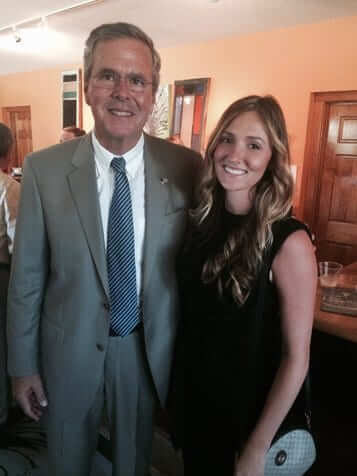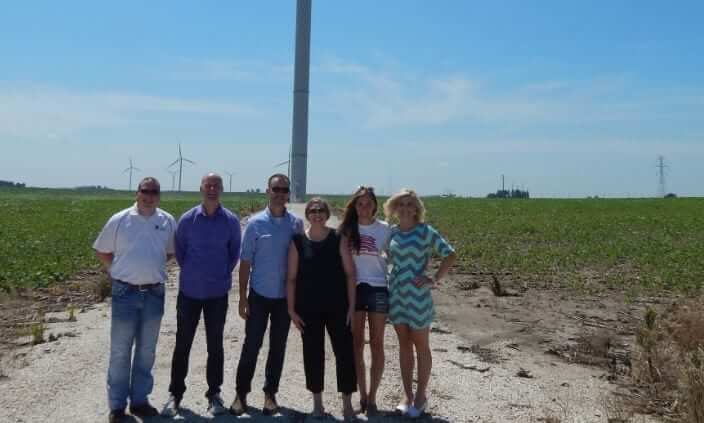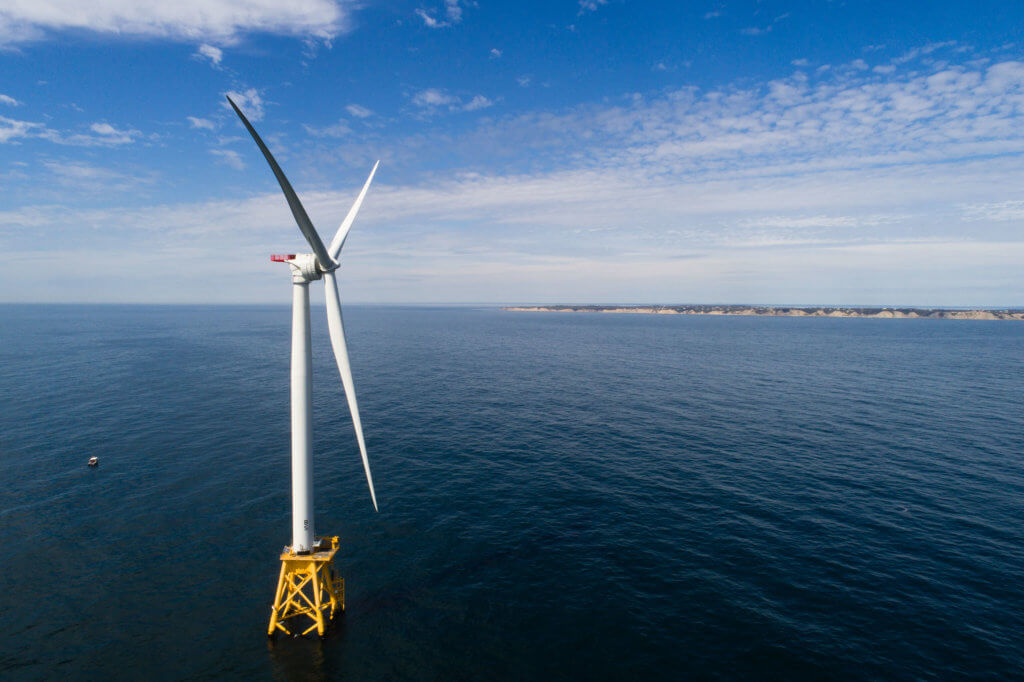My week in Iowa talking to Presidential candidates about wind power
After landing in Des Moines on Monday to spend the week talking to the presidential candidates about wind energy, I didn’t exit the airport before learning that Iowans are very proud of two things: Iowa’s corn and pigs. In fact, Iowa leads the nation in both corn and pork production.

I traveled to five cities in five days to tell Iowans, the candidates, and their campaigns another thing that the state is proud of: At over 28 percent, Iowa leads the nation in percentage of energy produced from wind. Wind power already supports up to 7,000 well-paying jobs in Iowa and is a leader in the state’s manufacturing sector, with jobs at 13 factories and assembly plants around the state. According to a new report, “A wind vision for new growth in Iowa,” released last week by the American Wind Energy Association (AWEA) and the Wind Energy Foundation (WEF), in addition to creating many more jobs, annual land-lease payments to Iowa farmers and other rural landowners could grow from $17.1 million today to $55 million just 15 years from now, in 2030.

When talking to presidential candidates and their staff, I let them know that there are 3 things the next president should know about American wind power:
- Wind power is good for the economy: American wind power supports 73,000 well-paying jobs, including nearly 20,000 manufacturing in one of the fastest-growing U.S. manufacturing sectors. The industry also fosters economic development in all 50 states, and 70 percent of all U.S. Congressional Districts have a wind-related manufacturing facility, an operating wind project, or both. Wind energy brings taxes and other revenues to rural communities, benefiting county and local services, schools, and health care and public safety facilities.
- Low-cost wind energy keeps money in the pockets of American families: Wind power’s costs have lowered by more than half in just the last five years thanks to improvements in wind turbine technology and American innovation. Low-cost wind power helps stabilize U.S. consumers’ electricity rates, saving them money.
- American wind succeeds with positive federal policy: One of the federal government’s more important roles is to ensure that energy is abundant, affordable and American made to fuel the U.S. economy. Predictable, stable, pro-growth policy is vital if the U.S. wind energy industry is to keep developing more efficient technology, creating new U.S. manufacturing jobs, and attracting over $100 billion since 2008 to the U.S. economy. The industry’s top federal policy priorities are: stable and predictable tax credits to incentivize the private investment to build more wind farms; national policy that appropriately recognizes the value of low-carbon electricity; transmission policy to improve the nation’s power grid; and prudent siting policies so wind can reach its potential.




